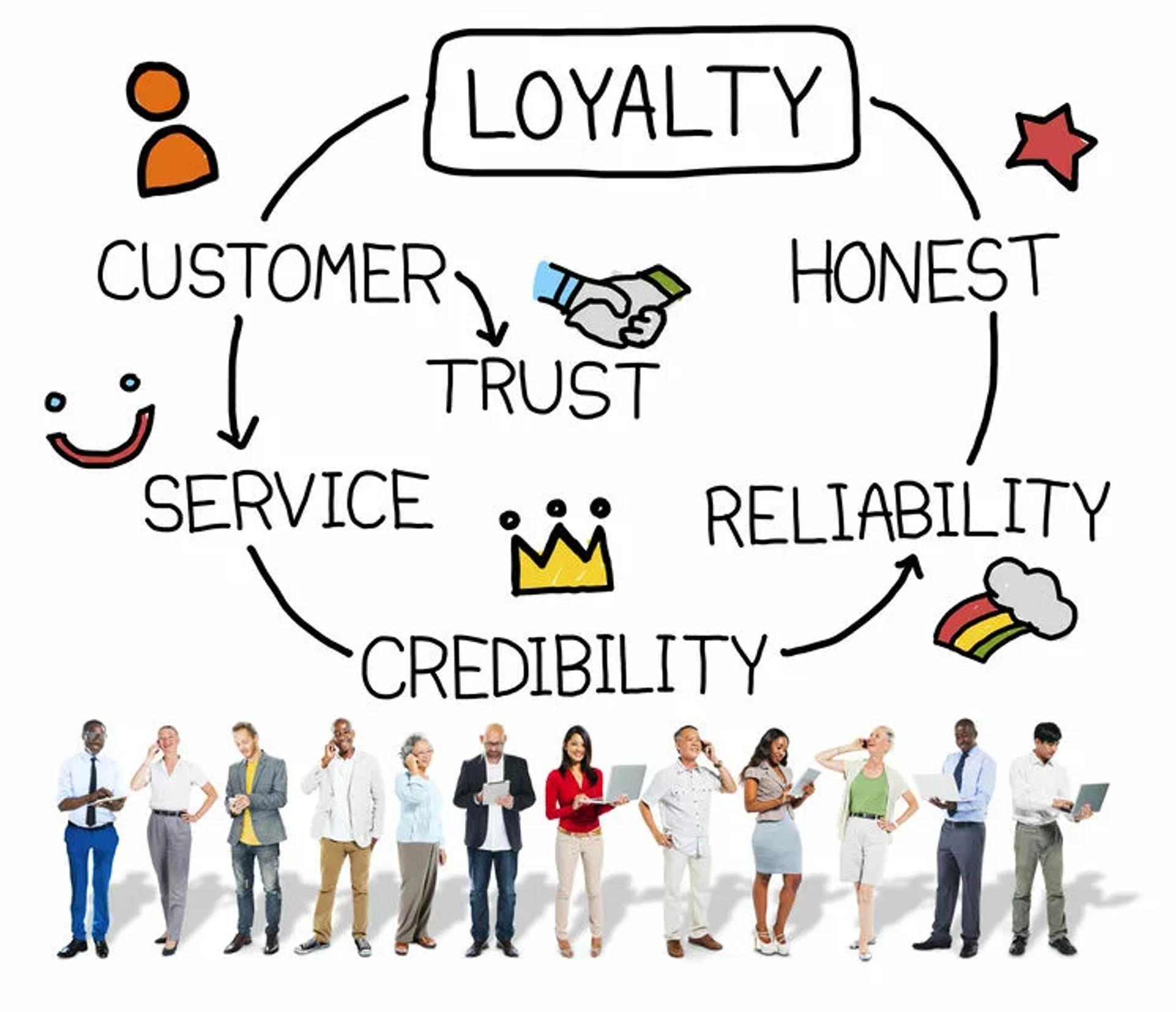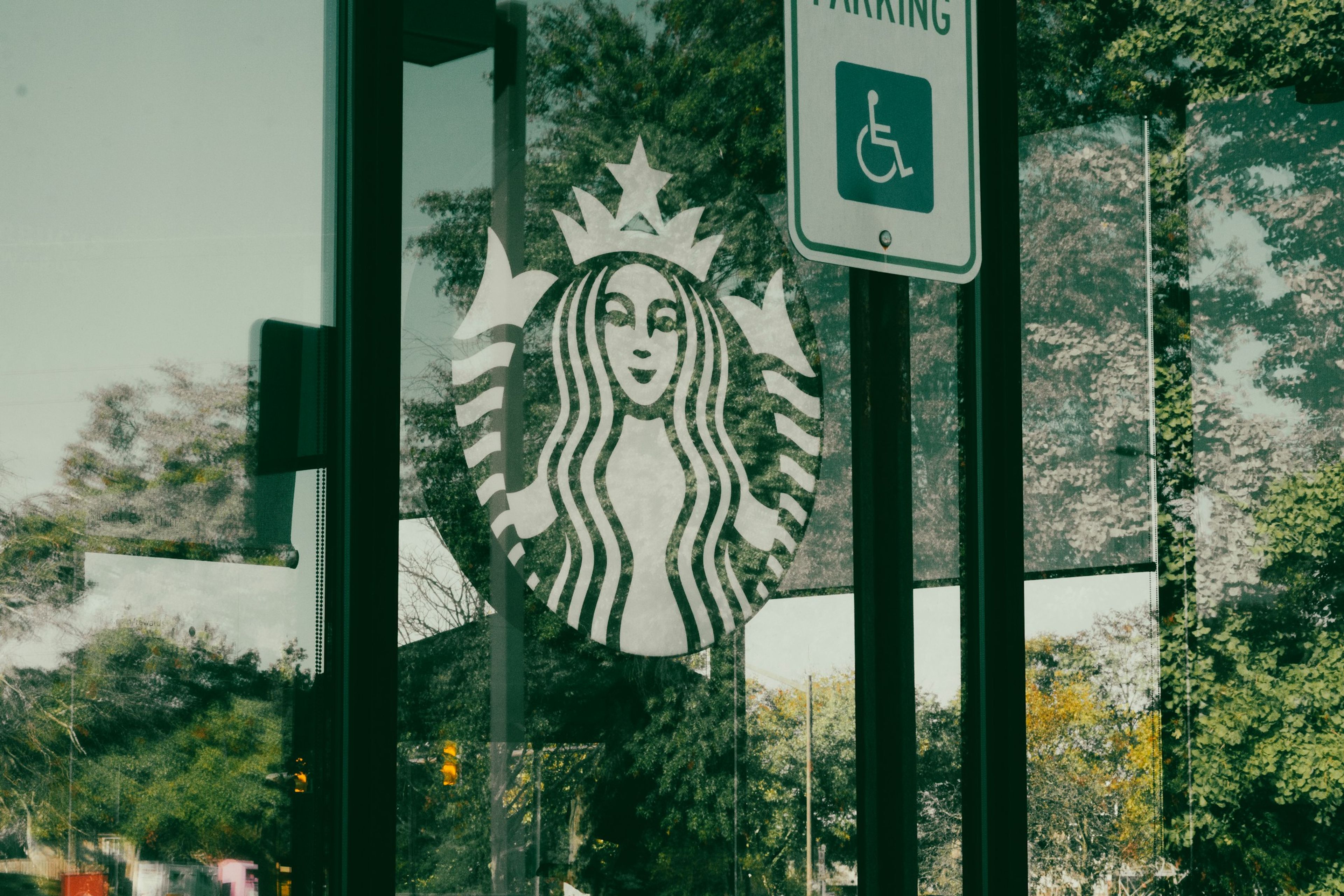Customer loyalty is one of the most important aspects of any business, and it can be a powerful tool for driving brand success. The relationship between customer loyalty and branding is intricate, with both elements playing a vital role in creating long-term relationships with repeat customers that will benefit your company's bottom line.
To make your experience a successful and enjoyable one, we advise you to seek the help of branding agencies that can help you turn your wish into reality.
In this guide, we'll explore how strong customer loyalty programs can help to build successful brands by increasing retention rates, enhancing customer satisfaction levels, and providing valuable insights into consumer behavior and buying habits.
Understanding Loyal Customers and Branding
Customer loyalty and branding are closely intertwined. Customers become loyal to a brand if it aligns with their values, interests, and lifestyle. Similarly, a successful brand has developed a strong relationship with its customers by understanding their needs and delivering on the promises they make.
Understanding customer loyalty is essential for any business looking to increase customer retention rates, enhance customer satisfaction, and build a solid loyal customer base.
Companies can do this by implementing effective loyalty programs that reward customers for making repeat purchases or engaging in other behaviors, such as referrals or social media engagement.
Loyalty programs should be tailored to meet the needs of each individual customer, so they should include features like personalized rewards, exclusive discounts, first access to new products or services, recognition of special occasions or milestones, and more.
Source: rentbot

When branding, companies must ensure that their messaging effectively resonates with customers. This means using consistent language across all communication channels – from website copy and emails to advertising campaigns – while demonstrating honesty and transparency at every turn.
Additionally, businesses should strive to create an experience that revolves around the customer’s needs, including offering personalized recommendations based on past purchases or providing an easy-to-navigate website or app that allows users to locate the information they need quickly.
Understanding customer loyalty and leveraging effective branding strategies will enable companies to build strong relationships with their target audiences while ensuring their businesses remain competitive in today’s ever-evolving marketplaces.
Companies can maximize short-term profits and long-term success by developing meaningful connections with consumers through thoughtful loyalty programs and memorable branding initiatives.
How to Create Brand-Customer Relationships & Build Customer Loyalty
Building solid brand-customer relationships is essential to cultivating customer loyalty and driving business success. Companies should strive to create an emotional connection with their customers, which can be achieved by understanding their needs and developing loyalty programs catering to them.
Additionally, companies should use effective branding strategies to cultivate customer loyalty and ensure their messaging resonates with customers and effectively communicates the company’s mission, vision, and values.
Creating meaningful connections with customers starts with understanding what they are looking for in a brand. Companies can do this through surveys or focus groups to get feedback from existing customers or potential consumers or by studying consumer trends to uncover insights into customer behavior.
Source: softo.org

Understanding the customer’s point of view will enable businesses to develop more targeted loyalty initiatives that will be more likely to meet customer needs and generate positive results.
Once a company has identified its target audience and developed campaigns accordingly, ensuring the branding strategy aligns with the existing customer whose expectations are important.
Companies can use clear language throughout all communication channels – from website copy and emails to advertising campaigns – while demonstrating honesty and transparency.
Additionally, businesses should strive to create an experience that revolves around the customer’s needs, including offering personalized recommendations based on past purchases or providing an easy-to-navigate website or app that allows users to locate the information they need quickly.
By developing meaningful connections between customers and their brands, companies can increase retention rates, enhance customer satisfaction, reduce acquisition costs, and drive long-term business success.
Furthermore, successful brands often become synonymous with trustworthiness in consumers' minds; therefore, investing in strong brand-customer relationships can help build credibility in today's competitive marketplaces.
Brand Advocacy and Word-of-Mouth Marketing
Brand advocacy and Word-of-Mouth Marketing (WOMM) are powerful marketing tools that can help businesses build strong customer loyalty and drive long-term success. Brand advocacy involves encouraging customers to champion a brand’s product or service actively.
At the same time, word-of-mouth marketing leverages the power of consumer recommendations to spread positive messages about a brand. Both strategies are incredibly effective in helping businesses cultivate deeper connections with their customers and generate more sales.
Creating an effective brand advocacy or loyalty program requires businesses first to identify their target audience, understand their needs and preferences, and then create incentives that will motivate them to become passionate advocates for the company's product or service.
Companies can do this by using surveys or focus groups to get feedback from existing customers or by studying consumer trends to uncover insights into customer behavior.
Businesses should also look for ways to reward loyal customers with exclusive products, discounts, or experiences. This incentive encourages customers to remain engaged with the company's products or services over time.
Source: foodtruckempire

Companies should also explore innovative approaches, such as creating influencer programs that leverage the power of social media influencers or developing digital ambassadorships that enlist existing customers as advocates for the brand on online platforms such as Twitter or Instagram.
Word-of-Mouth Marketing is another powerful tool for driving business success. This form of marketing relies on consumers sharing their positive experiences and recommending a company's product or service to others within their social network.
To effectively leverage word-of-mouth marketing, companies must establish trust with their consumers by delivering high-quality products and services and excellent customer service at all times; happy customers are more likely to recommend a business than unsatisfied ones.
Furthermore, companies should look for ways to incentivize positive word of mouth through referral programs that reward customers for recommending friends and family members; this could include offering discounts or other exclusive rewards for referring new customers.
Businesses should also use social media platforms such as Twitter and Facebook to amplify their message by engaging with users who have shared positive experiences about the company online; this will encourage more people within those networks to share similar stories about the brand.
In conclusion, brand advocacy and Word-of-Mouth Marketing are invaluable tools for businesses looking to build strong customer loyalty and drive long-term success through meaningful connections between brands and customers.
Measuring Brand Loyalty and Brand Equity
Measuring brand loyalty and brand equity is an essential step in determining the success of a product or service. Brand loyalty and brand equity are closely related, as customer loyalty determines how well a brand resonates with its target audience and helps shape the overall perception of the company.
Source: creatopy

To measure brand loyalty, companies should track key metrics such as customer retention rate, customer engagement rate, customer lifetime value, and purchase frequency.
Customer retention rate measures the percentage of customers that continue to purchase from a company over a set period; this metric indicates how loyal customers are to the brand.
Customer engagement measures how frequently customers interact with the brand's products or services. Businesses can track this through website visits, email opens, social media interactions, and other channels.
Finally, purchase frequency reflects how often customers return to make further purchases. This metric will help companies identify which products resonate with their target audience.
Brand equity is another important indicator of business success. It reflects the value consumers associate with a particular brand over similar offerings in its industry.
Generally speaking, brands with higher equity levels have more engaged customers who are likelier to repeat customers spend and be loyal over time.
To measure brand equity, companies can use surveys or focus groups to ask existing customers about their perceptions and experiences with the company's products or services.
They can also track things such as word-of-mouth recommendations to understand how well-received their offering is within its respective marketplaces.
Ultimately, measuring brand loyalty and equity is an effective way for businesses to gauge customer sentiment and determine if their efforts to build customer relationships have succeeded.
Building Customer Loyalty through Personalization
Personalization is a powerful tool that businesses can use to enhance brand loyalty by creating a more personalized customer experience. Personalization involves tailoring messages, products, services, and experiences to meet the specific needs of individual customers.
By leveraging data such as purchase history, demographics, interests, and preferences, companies can provide more relevant and engaging content that resonates with their target audience.
Source: Sai De Silva on Unsplash

One effective way to personalize customer experiences is through targeted marketing campaigns; businesses can use demographic information to create tailored messages that speak directly to the needs of their customers and cultivate deeper connections with them over time.
Additionally, businesses should look for ways to personalize product recommendations or offer exclusive discounts to encourage customers to remain engaged with their offerings.
Furthermore, companies can also use customer feedback surveys or focus groups to gain insights into how customers feel about the products and services they offer; this data can then be used to make further improvements to meet customer needs better.
Personalized digital experiences are also important in enhancing brand loyalty; businesses should explore innovative technologies such as artificial intelligence (AI) and machine learning (ML) to automate specific processes within the customer journey, thereby providing a more seamless and efficient experience.
Companies should also leverage social media platforms such as Twitter and Facebook to connect with their customers on a more personal level, including responding directly to user comments or queries or engaging in conversations about topics related to the company's products or services.
Customer Loyalty Examples
A happy customer is a returning customer, meaning customer loyalty is the key to any business's growth and expansion. The phrase depicts the continuing commitment of a customer to a brand exemplified through repurchases, positive referrals, and emotional attachment.
This conceptual paper is designed to examine customer retention and customer retention strategies that turn ordinary users into loyal customers. Focusing on what makes loyalty possible, companies can help customers experience more, create stronger bonds, and eventually expose the complete value of the customer sector.
REI Co-op
One of the cases is REI's Co-op Membership. This program offers numerous benefits to its members, including annual dividends, special discounts on a wide range of outdoor gear, and access to exclusive events such as member-only sales and outdoor classes.
This membership enhances the shopping experience and fosters a strong sense of community and loyalty among outdoor enthusiasts. Members become part of a more extensive network of like-minded individuals who share a passion for exploring and preserving the outdoors.
Source: rei

Starbucks
Customer loyalty is also evident in programs like Starbucks Rewards, which incentivize frequent visits by offering members stars for every purchase. These stars accumulate and can be redeemed for free drinks and food items, adding value to each transaction.
The program encourages regular engagement and fosters a sense of community and belonging among its members. By consistently rewarding customers for their loyalty, Starbucks cultivates a strong relationship with the brand, ensuring that patrons feel appreciated and are more likely to return.
Source: starbucks

Patagonia
An additional example of strong customer loyalty is Patagonia, a company renowned for its commitment to environmental sustainability and social responsibility. Through its "Worn Wear" program, Patagonia encourages its customers to reduce consumption by promoting the repair and reuse of its products.
This initiative demonstrates Patagonia's dedication to sustainability and fosters a deep connection with environmentally conscious consumers. By aligning its business practices with the values of its audience, Patagonia has cultivated a loyal customer base that supports the brand's mission.
Source: Patagonia

Future Trends in Customer Loyalty
In the future, businesses will look to take a more holistic approach to creating brand loyalty. Companies will strive for a unified customer experience across all digital channels, providing personalization and convenience that appeals to their target audience.
Additionally, businesses will leverage data analytics to gain valuable insights into customer preferences and behaviors, which can be used for more targeted marketing campaigns and product recommendations.
Furthermore, social media platforms such as Twitter and Instagram will become increasingly important for brands to reach out directly to customers and foster deeper connections. Companies can create an atmosphere of trust and loyalty with their customers by engaging in conversations about topics related to their products or services.
Companies should also look into developing user-generated content campaigns (UGC) and referral programs that incentivize customers to recommend products or services to others.
Creating strong customer relationships that foster long-term brand loyalty is essential for any business model today. However, this requires an innovative approach that combines data-driven insights with personalization strategies powered by cutting-edge technologies such as AI/ML and engaging social media experiences that foster trust among customers.
By employing these approaches effectively, businesses can stay competitive while building sustainable relationships with their customers in the future.
Read more:
Conclusion
In conclusion, building customer loyalty is critical to any business model. It requires an innovative approach that combines data-driven insights with personalization strategies powered by AI/ML technologies.
Additionally, businesses must stay ahead of rapidly changing customer preferences and expectations while developing effective word-of-mouth campaigns to capture consumer attention and influence purchasing decisions.
By effectively leveraging these cognitive neuroscience principles, companies can drive more sales with less effort while remaining competitive in today's marketplaces.
With the right strategy, businesses can create sustainable relationships between brands and customers over time through engaging conversations on social media platforms and targeted marketing initiatives to meet individual needs.


About Clay
Clay is a UI/UX design & branding agency in San Francisco. We team up with startups and leading brands to create transformative digital experience. Clients: Facebook, Slack, Google, Amazon, Credit Karma, Zenefits, etc.
Learn more

About Clay
Clay is a UI/UX design & branding agency in San Francisco. We team up with startups and leading brands to create transformative digital experience. Clients: Facebook, Slack, Google, Amazon, Credit Karma, Zenefits, etc.
Learn more


